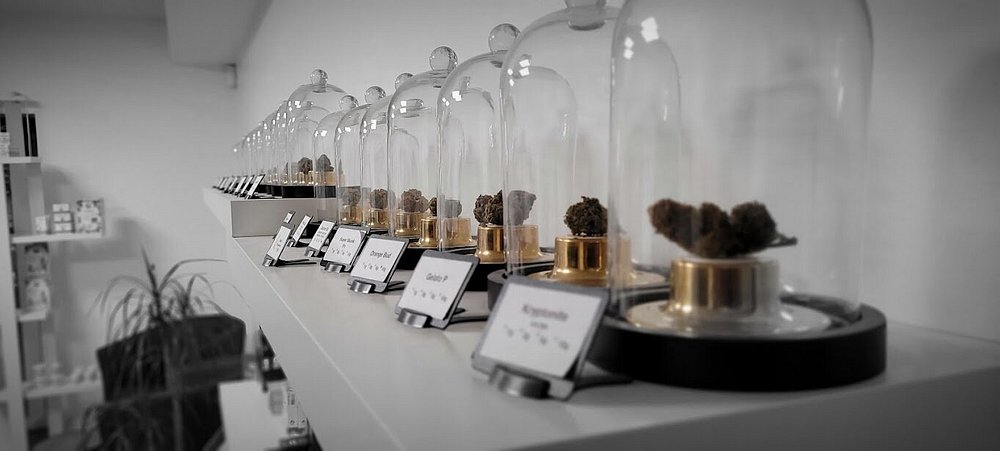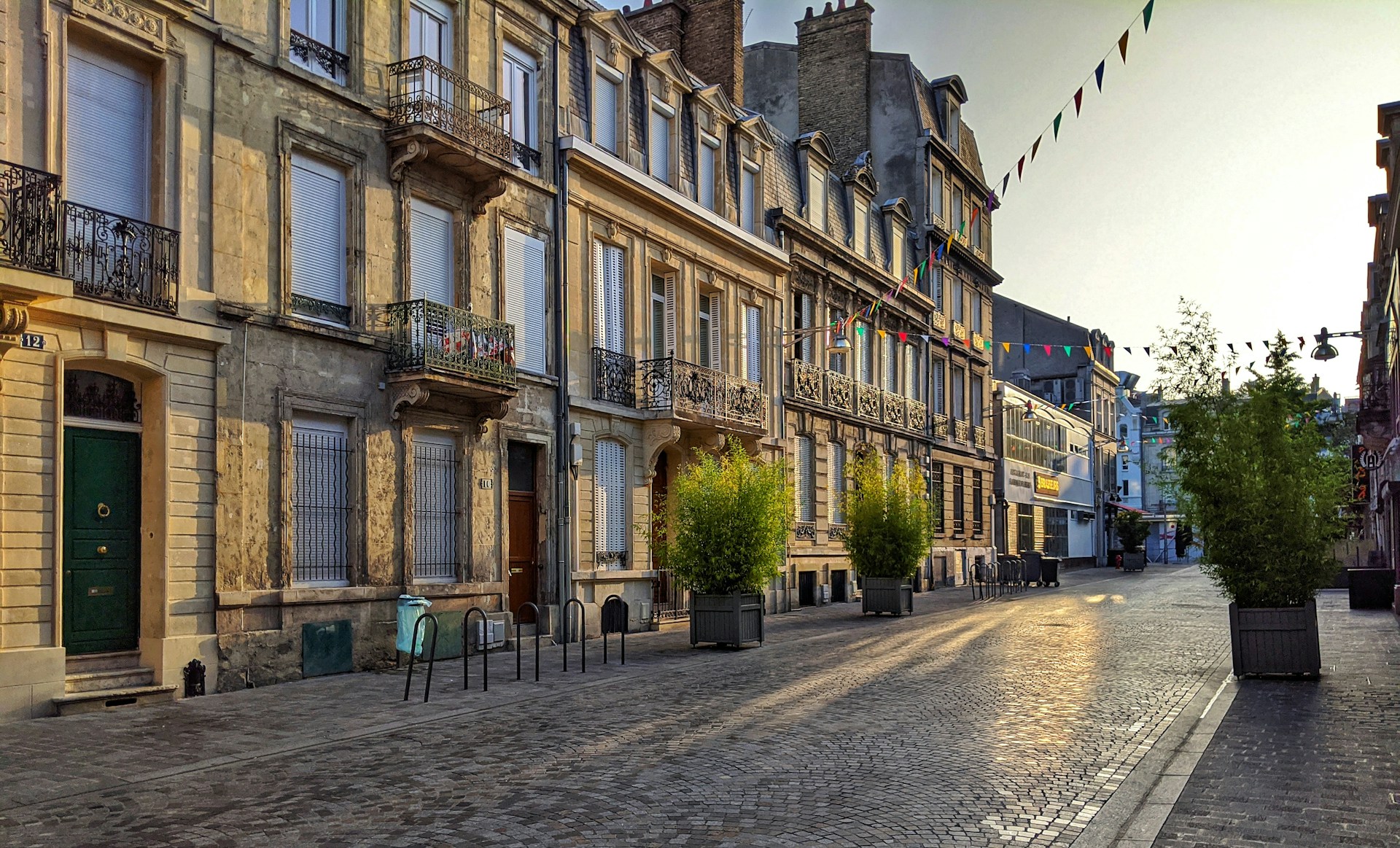Longjumeau: A hidden gem in the Parisian suburbs
In the tranquil outskirts of Paris, a small town with a rich history and modern appeal can be found. Longjumeau, often overlooked by tourists rushing to the City of Light, offers a unique blend of suburban charm and urban convenience. This unassuming commune in the Essonne department has been quietly thriving for centuries, its story intertwined with the broader tapestry of French history.

A Journey Through Time
The roots of Longjumeau can be traced back to ancient times. Evidence of human habitation dating to the Neolithic period has been discovered in the area. During the Gallo-Roman era, the town was situated along an important trade route, setting the stage for its future development.
In the Middle Ages, Longjumeau's strategic location was recognized by royalty. The town was frequently visited by French monarchs, including Louis VII and Philip Augustus. A royal castle was constructed here, though sadly, it no longer stands today. The town's importance during this period is reflected in the architectural remnants that have survived, such as the Church of Saint Martin, parts of which date back to the 13th century.
Things to do in Longjumeau
A Town Shaped by Agriculture
For much of its history, Longjumeau's economy was primarily driven by agriculture. The fertile lands surrounding the town were ideal for growing crops, particularly cereals. The Yvette River, which flows through Longjumeau, played a crucial role in powering mills that processed these grains.
In the 19th century, Longjumeau became renowned for its cultivation of roses. The town's rosegrowers developed new varieties that gained fame throughout France and beyond. While large-scale rose cultivation is no longer practiced, this horticultural heritage is still celebrated in local gardens and festivals.
The Modern Era
The 20th century brought significant changes to Longjumeau. The town's proximity to Paris led to rapid suburbanization, particularly after World War II. New residential developments were constructed to accommodate the growing population, transforming Longjumeau from a rural community into a suburban town.
Despite this growth, efforts have been made to preserve Longjumeau's historical character. The town center retains much of its traditional charm, with narrow streets and old buildings coexisting alongside modern amenities. The weekly market, held in the town square, continues a tradition that has existed for centuries, offering fresh produce and local specialties.
Cultural Life and Education
Today, Longjumeau is known for its vibrant cultural scene. The town boasts several cultural facilities, including a theater, a music school, and a media library. These institutions host a variety of events throughout the year, from concerts and theatrical performances to art exhibitions and literary gatherings.
Education has always been valued in Longjumeau. The town is home to several schools, including the Lycée Jacques Prévert, which prepares students for higher education. The emphasis on learning and culture has helped maintain a sense of community and intellectual curiosity among residents.
Natural Beauty
Despite its urban development, Longjumeau has managed to preserve pockets of natural beauty. The Parc Nativelle, located in the heart of the town, provides a green oasis for residents and visitors alike. This carefully landscaped park features walking paths, play areas for children, and a diverse array of plant life.
The Yvette River, which once powered the town's mills, now serves as a scenic backdrop for leisurely walks and picnics. Efforts have been made to maintain the river's ecosystem, ensuring that it remains a haven for local wildlife.
Looking to the Future
As Longjumeau moves forward, it faces the challenges common to many suburban communities. Balancing development with preservation, maintaining a sense of local identity while embracing diversity, and providing services for an evolving population are ongoing concerns.
However, the town's long history of adaptability and resilience suggests that these challenges will be met with creativity and determination. New initiatives aimed at sustainable development and community engagement are being implemented, ensuring that Longjumeau remains a desirable place to live and work.

For visitors, Longjumeau offers a glimpse into suburban French life, away from the tourist crowds of Paris. Its mix of historical sites, cultural offerings, and natural spaces provides a well-rounded experience. While it may not have the international fame of its neighboring capital, Longjumeau's quiet charm and rich heritage make it a worthy destination in its own right.
As the sun sets over the Yvette Valley, casting a golden glow on Longjumeau's rooftops, one can't help but feel a sense of timelessness. This town, which has witnessed centuries of French history, continues to write its own story. It stands as a testament to the enduring spirit of communities that exist in the shadow of great cities, quietly preserving their heritage while embracing the future. For those seeking a deeper understanding of the Île-de-France region, a visit to Versailles could provide valuable historical context, complementing the suburban charm of Longjumeau with royal grandeur.
Top attractions in Longjumeau
Show all
Bois des Templiers
In the heart of Longjumeau, a place known for its rich historical background and natural beauty awaits exploration. Bois des Templiers, a park filled with towering trees and serene pathways, invites visitors to escape the hustle of urban life. Sounds of laughter and the cheerful chatter of families can be heard, as children play and adults take leisurely walks, absorbing the peaceful atmosphere that envelops this charming destination.
Longjumeau - FRANCE

Pont des Templiers
Longjumeau, a charming suburb just outside Paris, invites visitors to uncover its hidden gems. Among these, the Pont des Templiers stands out as a remarkable piece of history. This bridge, with its elegant arches and serene surroundings, serves as a reminder of the past while providing a picturesque spot for relaxation and reflection.
Longjumeau - FRANCE

Arboretum de Longjumeau
In the heart of Longjumeau, a refreshing escape awaits those seeking respite from the bustle of daily life. The Arboretum de Longjumeau offers a welcoming environment, where trees and plants thrive in harmony. Here, visitors are invited to unwind and connect with nature, while enjoying the beauty of a well-maintained landscape that celebrates flora from various regions.
Longjumeau - FRANCE

Chemin de Longjumeau
The Chemin de Longjumeau, located in Longjumeau, offers a refreshing escape from the hustle and bustle of daily life. This park, characterized by its vibrant greenery and inviting pathways, serves as a beloved retreat for residents and visitors alike. As footsteps are taken along its well-maintained trails, a sense of calm and tranquility envelops those who explore its scenic beauty.
Longjumeau - FRANCE

Parc Nelson Mandela
As the soft sounds of nature fill the air, the charm of Parc Nelson Mandela welcomes visitors seeking a peaceful retreat from the hustle and bustle of everyday life. This park, located in the heart of Longjumeau, serves as a sanctuary for both locals and tourists, offering a refreshing escape into greenery and tranquility.
Longjumeau - FRANCE

Parc Nativelle
In the heart of Longjumeau, a serene space awaits those seeking a break from the hustle and bustle. Parc Nativelle offers a refreshing escape, where vibrant greenery and peaceful pathways invite relaxation and contemplation. Families gather for picnics, joggers find their rhythm along the trails, and children laughter fills the air as they play in the open fields. This park is more than just a patch of grass; it's a cherished part of the community.
Longjumeau - FRANCE
Related articles
Show all
The 15 best things to do in Menton
The French Riviera has long been celebrated for its glamorous resorts and star-studded beaches. Yet, tucked away on the Italian border lies a gem often overlooked by the jet-setting crowd. With its pastel-hued buildings cascading down to the azure Mediterranean, this charming coastal town offers a quieter, more authentic slice of Côte d'Azur life. Here, the pace slows, allowing visitors to savor the simple pleasures of Provençal culture, from sun-drenched lemon groves to art-filled gardens.
Menton - FRANCE

Top 15 things to do in Narbonne
The sun-drenched landscapes of southern France have long captivated travelers with their blend of history, culture, and natural beauty. Among the jewels of this enchanting region, one city stands out for its rich Roman heritage, vibrant Mediterranean atmosphere, and unique Languedocian charm. Here, ancient monuments rub shoulders with bustling markets, and the scent of lavender mingles with the salty sea air. For those seeking an authentic French experience off the beaten path, this hidden gem offers a wealth of discoveries.
Narbonne - FRANCE

The 15 best things to do in Moustiers-Sainte-Marie
Tucked away in the heart of Provence, a charming village awaits discovery. Limestone cliffs cradle its ancient streets, while lavender fields stretch to the horizon. This enchanting locale has captivated visitors for centuries with its blend of natural beauty and rich history. For those seeking an authentic French experience, a journey to this hidden gem promises unforgettable memories and a taste of Provençal life at its finest.
Alpes-de-Haute-Provence - FRANCE

The 15 best things to do in Chantilly
Nestled in the heart of the Oise department, just 50 kilometers north of Paris, a town of remarkable beauty and historical significance can be found. This enchanting destination, renowned for its opulent château, lush forests, and equestrian heritage, offers visitors a glimpse into the grandeur of French aristocratic life. From exploring majestic palaces to savoring culinary delights, the following activities should not be missed by those seeking to immerse themselves in the rich tapestry of French culture and history.
Chantilly - FRANCE

The top 15 things to do in Tours
The Loire Valley, renowned for its breathtaking châteaux and rich history, offers visitors a captivating blend of culture, cuisine, and natural beauty. At the heart of this enchanting region lies Tours, a city where medieval charm meets modern vibrancy. From its picturesque old town to its world-class museums and lively markets, Tours serves as an ideal base for exploring the wonders of central France. Let's delve into the top 15 experiences that shouldn't be missed in this Loire Valley gem.
Tours - FRANCE

The top 15 things to do in Reims
In the heart of France's Champagne region, a city steeped in history and bubbling with culture awaits discovery. From ancient Roman ruins to Art Deco treasures, from world-class gastronomy to the effervescent legacy of champagne, this destination offers a intoxicating blend of experiences. Whether you're a history buff, a foodie, or simply seeking the joie de vivre of French living, these top 15 activities will ensure an unforgettable visit.
Reims - FRANCE

 Home
Home Wishlist
Wishlist